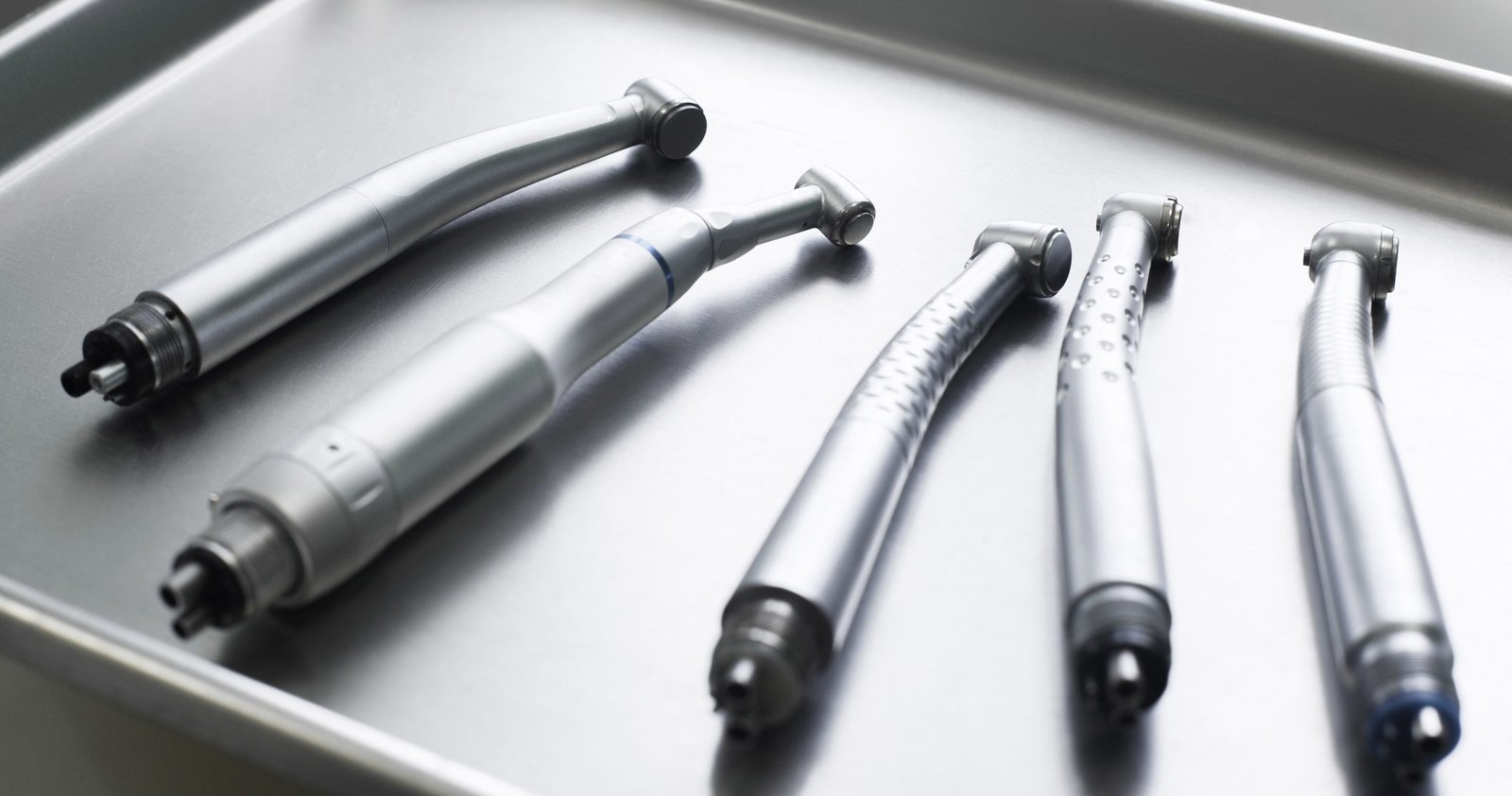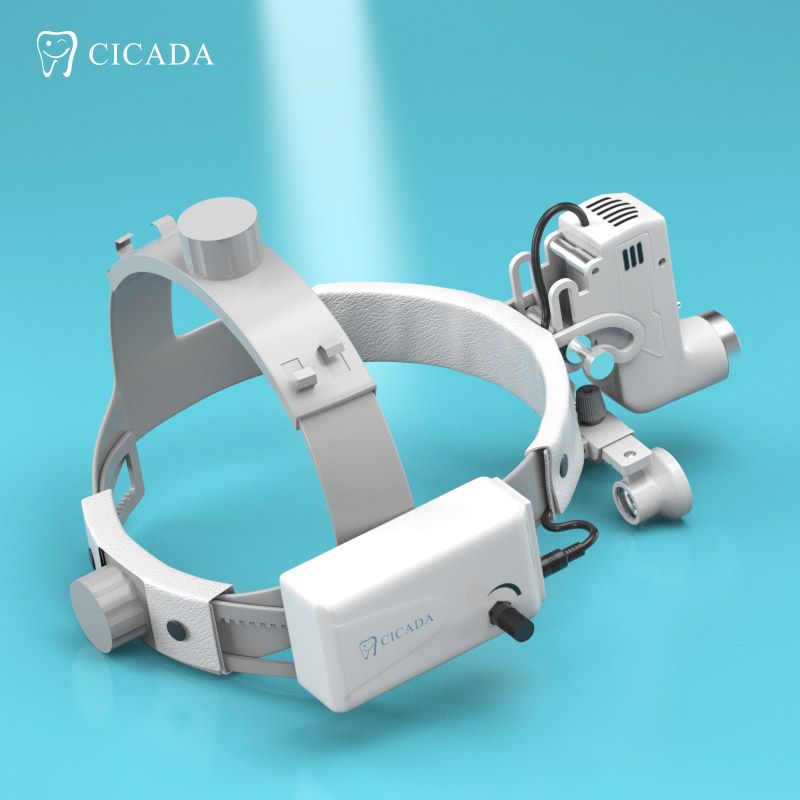Dental implants have risen in popularity as a durable and comfortable solution for missing teeth, offering a superior alternative to traditional dentures. However, the cost of dental implants can be a significant concern for many patients. This updated guide provides a detailed analysis of the cost of dental implants, with a focus on the All-on-4 technique, its benefits, surgical procedures, potential risks, and international cost variations.
All-on-4 Dental Implants: A Cost-Effective Solution
The All-on-4 dental implant technique, also known as “Teeth in a Day,” is a revolutionary development in dental care. This method deviates from traditional dental implant procedures that often require six to eight implants to support a full set of dentures. Instead, All-on-4 uses just four strategically positioned implants. This not only simplifies the surgical process but also makes it a more affordable dental solution. On average, the total cost for this procedure is often less than $24,000, making it a cost-effective alternative for many.
Factors Influencing the Cost of All-on-4 Dental Implants
The cost of All-on-4 dental implants can vary based on several factors:
- Type of Implant Material: Acrylic or composite implants may cost between $15,000 to $24,000, while porcelain implants range from $21,000 to $30,000.
- Diagnostic Tests: Preliminary exams, such as dental X-rays and CT scans, are essential for assessing oral health and the suitability for the procedure.
- Brand of Implants Used: Premium brands may affect the overall dental implant costs.
- Quality and Customization: The materials and level of customization for the final restoration can impact the price.
- Number of Professionals Involved: A multi-disciplinary approach involving various specialists may increase the total cost.
- Experience and Skill of the Dentist: Highly skilled professionals may charge more for their expertise.
- Geographical Location: The cost of implants can also vary based on the local cost of living.
International Cost Comparison
| Country | Average Cost of All-on-4 Dental Implants |
|---|---|
| Brazil | $4,000 |
| Costa Rica | $7,967 |
| Germany | $5,349 |
| United Kingdom | $9,316 |
Advantages Over Traditional Dentures
All-on-4 dental implants offer several benefits over traditional removable dentures:
- Jawbone Preservation: The implants stimulate jawbone growth, mitigating the bone loss commonly associated with missing teeth.
- Enhanced Comfort: These implants are fixed, eliminating the discomfort often experienced with removable dentures.
- Dietary Freedom: The strength of the implants allows for a more varied and nutritious diet.
- Boosted Self-Confidence: The stability ensures no movement or slippage, enhancing social interactions.
- Aesthetic Appeal: Designed to mimic natural teeth, these implants support facial aesthetics.
- Longevity: With proper dental care, these implants can last a lifetime, unlike dentures that last 7 to 15 years.
The All-on-4 dental implant technique is a significant advancement in dental restoration. It offers a cost-effective, durable, and aesthetically pleasing solution for those with multiple missing teeth. With its unique approach and numerous benefits, it has become the go-to option for many seeking a permanent and comfortable alternative to traditional dentures.
Surgical Procedure: What to Expect
Dental restoration has undergone a revolution thanks to the All-on-4 dental implant procedure, which Portuguese dentist Paulo Malo developed in collaboration with Nobel Biocare. This guide aims to provide a detailed walkthrough of what patients can expect during this groundbreaking procedure, from initial evaluation to the final restoration.
Evaluation Phase
- CT Scans and Dental X-Rays: The first step in the All-on-4 procedure involves comprehensive diagnostic tests, including CT scans and dental X-rays. These imaging techniques are crucial for assessing the bone density and availability in the jaw. The data gathered helps the dental surgeon to determine the optimal placement of the implants, affecting the total cost and success rate of the procedure.
- 3D Dental Imaging Software: Some dental offices go a step further by employing advanced 3D dental imaging software. This technology allows for the creation of surgical guides, ensuring precise implant positioning. This is particularly beneficial for patients with complex oral health issues, as it minimizes the risk of complications.
Implant Placement
- Two Front Implants: The next phase involves the placement of two front implants, usually where the incisors or front teeth would naturally be. These implants are generally made of titanium, a material known for its durability and biocompatibility.
- Two Angled Implants at 45 Degrees: In addition to the front implants, two more are placed at a 45-degree angle. This angled placement maximizes the use of available bone, allowing for slightly longer implant posts and providing greater support for the replacement teeth. This technique often enables immediate loading, meaning a temporary bridge can be placed on the same day as the surgery.
Temporary Bridge Preparation Before Surgery
Before the surgery, a temporary fixed bridge is prepared. This bridge is modified for a personalized fit immediately after the implant posts are placed. Patients can expect to pay for dental services at this stage, and it’s advisable to check whether their dental insurance plans cover dental implants.
Immediate Use
Once the temporary bridge is in place, patients can leave the dental office with their new teeth ready for immediate use. However, some dietary restrictions may apply during the healing phase to ensure the implants can support the new set of teeth effectively.
Permanent Bridge Healing Period
The gums and jawbone typically take three to six months to fully heal. During this period, it’s crucial to follow all dental care guidelines provided by the dental team to ensure a smooth recovery and successful osseointegration—the process where the jawbone fuses with the implants.
Final Restoration
After the healing period, the temporary teeth are removed, and impressions are taken for the permanent implant-supported fixed bridge. This final restoration will be stronger and fit more comfortably, allowing patients to enjoy a complete set of natural-looking teeth.
Potential Problems and Risks
While All-on-4 dental implants boast a high success rate—often exceeding 97%—it’s crucial to be aware of the potential risks and challenges that may arise. Below, we delve into these aspects, offering actionable advice and alternatives to help you make informed decisions.
- Implant Failure: A Rare but Real Concern: Although implant failure is relatively uncommon, it can occur due to a variety of factors such as infection, poor bone quality, or inadequate pre-procedure care. The total cost of resolving these issues can be substantial, and it’s essential to have a dental insurance plan that may cover dental implants to mitigate these expenses.
- Importance of Follow-Up Care: Regular follow-up appointments are not just a formality; they are vital for monitoring the oral health and healing process. Early detection of any issues can prevent complications and additional costs.
- Maintenance: More Than Just Brushing: Proper dental care extends beyond brushing and flossing. All-on-4 implants require meticulous cleaning to prevent plaque and food debris accumulation. Dental exams every six months and professional cleanings are non-negotiables to maintain the health of your implants.
The All-on-4 dental implant technique offers a promising and cost-effective solution for those struggling with missing teeth. With its numerous benefits over traditional dentures and a wide range of cost options, it represents a significant advancement in dental restoration. However, careful consideration of potential risks and the selection of a skilled dental professional are crucial for success.




